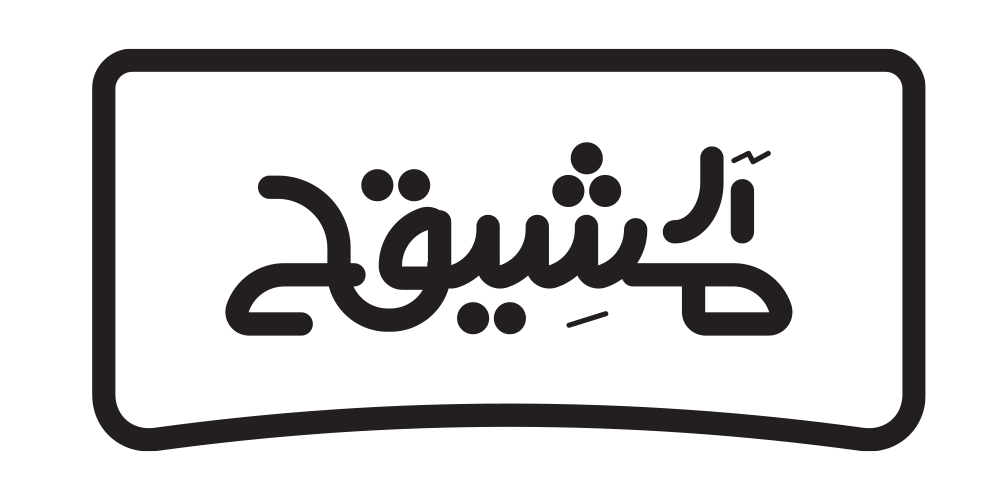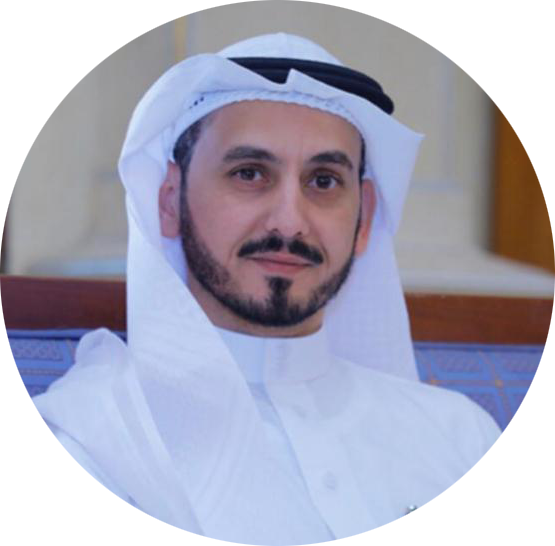Project management is the process that involves overseeing the work of a team to meet project objectives while adhering to a set of constraints. These constraints often include scope, time and cost as well as resources. Project managers should be aware of the project’s circumstances and potential risks.
There are many methods and best practices to manage projects, such as critical chain project (CCPM), agile methodologies and the HERMES Method and the general system-based approach to managing projects. The Association for Project Management provides professional certifications in project management and standards, a global network of project professionals blogs, research, and other resources for decision makers, influencers and project managers.
It is vital to plan the project well to ensure its success. This includes determining a project’s technical specifications, making an outline of the schedule and developing the communications strategy. It is also important to identify roles and responsibilities, determine the items that need to be purchased and hold a kick-off meeting.
A well-known tool for planning projects is the Gantt chart, which allows project managers to visualize the timeline of projects and recognize dependencies between tasks. They can also make real-time adjustments and assign resources. It also has collaboration features that allows team members to update the status of their tasks and to communicate changes. They can also collaborate directly on documents within the chart.
To determine the most effective tools for managing projects in your company, assess your industry-specific requirements and look at features like task management, timeline visualizations and resource management tools for collaboration such as reporting and analytics and integrations. Then, select a tool that fits your www.trust-advisory.de/ particular needs and budget.


